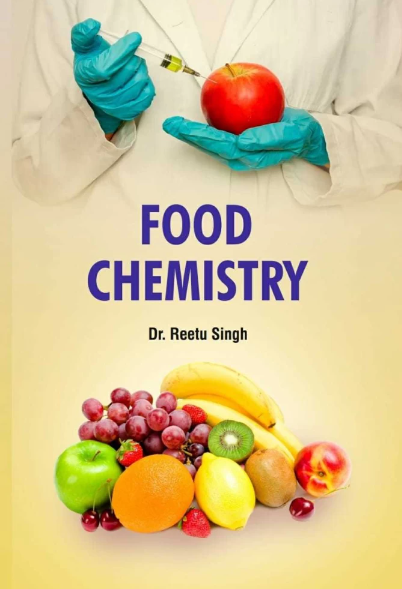Glutamate induction of whole potatoes alleviated the browning of fresh cuts: Jasmonate signalling may play a key role
IF 8.5
1区 农林科学
Q1 CHEMISTRY, APPLIED
引用次数: 0
Abstract
Enzymatic browning is one of the most troublesome issues for fresh-cut fruits and vegetables, as it not only reduces product quality and shelf life but also causes great waste and economic loss. Although many antibrowning technologies have been explored, few noncontact methods have been reported. In particular, the effect of using glutamate (Glu) is unknown. This study revealed that Glu treatment of whole tubers significantly reduced browning in fresh-cut potatoes. This whole-tuber Glu induction under optimal conditions (1 % Glu for 12 h) produced a brighter colour and better sensory quality than soaking slices in solutions of Glu or ascorbic acid. Notably, Glu induction led to increased jasmonic acid (JA) and jasmonate-isoleucine (JA-Ile) accumulation. The activities of 12-oxophytodienoic acid reductase 3 (OPR3), jasmonate-resistant 1 (JAR1), and coronatine-insensitive 1 (COI1) in the jasmonate synthesis pathway and the expression of their corresponding genes also increased. Additionally, phenylpropane metabolism was upregulated, as evidenced by increased levels of phenylalanine ammonia-lyase (PAL), 4-coumaric acid coenzyme a ligase (4CL), phenolic compounds and flavonoids. Moreover, the reactive oxygen species (ROS)–redox balance improved, the contents of hydrogen peroxide and malondialdehyde (MDA) decreased, and the catalase (CAT) activity and 1,1-diphenyl-2-picryl-hydrazyl radical (DPPH) scavenging capacity increased. Finally, Glu induction increased microbiological safety, resulting in a lower total bacterial count. Thus, Glu induction may modulate jasmonic acid synthesis and signalling, regulate phenylpropane metabolism and the reactive oxygen species (ROS)–redox balance, and ultimately slow browning and improve storage quality in fresh-cut potatoes. This is the first report of a noncontact browning control technique involving Glu, which provides new ideas for the fresh-cut industry.

求助全文
约1分钟内获得全文
求助全文
来源期刊

Food Chemistry
工程技术-食品科技
CiteScore
16.30
自引率
10.20%
发文量
3130
审稿时长
122 days
期刊介绍:
Food Chemistry publishes original research papers dealing with the advancement of the chemistry and biochemistry of foods or the analytical methods/ approach used. All papers should focus on the novelty of the research carried out.
 求助内容:
求助内容: 应助结果提醒方式:
应助结果提醒方式:


